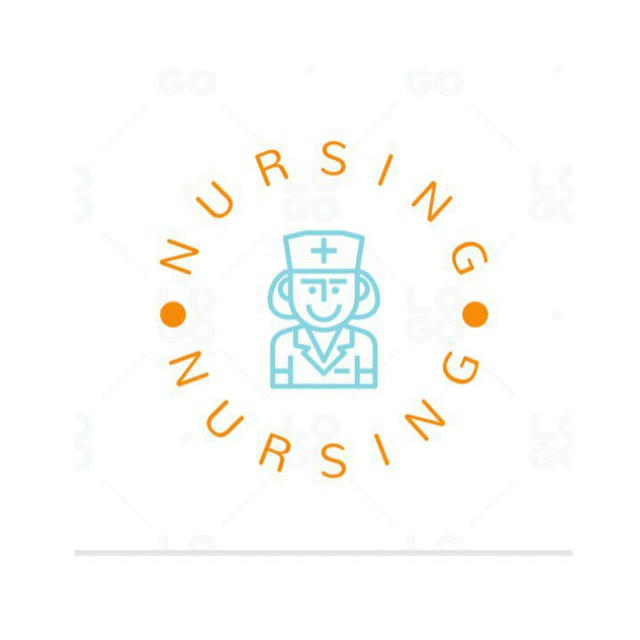A nasogastric (NG) tube and an infant feeding tube are both types of tubes used in medical settings, but they serve different purposes and have distinct characteristics:
Purpose:
NG Tube: A nasogastric tube is used for various purposes such as feeding, administering medication, draining stomach contents, or decompressing the stomach.
Infant Feeding Tube: An infant feeding tube, also known as a gastric tube or gavage tube, is specifically designed for feeding infants who are unable to feed orally or require supplemental nutrition directly into the stomach.
Size and Material:
NG Tube: Nasogastric tubes come in different sizes and materials depending on their intended use. They are typically made of flexible plastic or rubber and are available in various lengths and diameters.
Infant Feeding Tube: Infant feeding tubes are smaller in diameter and are often softer and more flexible compared to standard NG tubes. They are designed specifically for the delicate anatomy of infants.
Placement:
NG Tube: A nasogastric tube is inserted through the nose and passed down the esophagus into the stomach. It is secured in place and can be used for short-term or long-term purposes.
Infant Feeding Tube: Similar to an NG tube, an infant feeding tube is also inserted through the nose or mouth and passed into the stomach. However, it is specifically sized and designed for use in infants.
Usage:
NG Tube: In addition to feeding, NG tubes can be used for gastric decompression (removing excess air or fluids from the stomach), administering medications, or collecting gastric samples.
Infant Feeding Tube: These tubes are primarily used for feeding infants who are unable to feed orally due to various medical conditions such as prematurity, feeding difficulties, or congenital anomalies.
Length of Use:
NG Tube: Nasogastric tubes can be used for short-term or long-term purposes depending on the patient's needs. They may be removed once the specific medical purpose is achieved.
Infant Feeding Tube: Infant feeding tubes are often used for as long as the infant requires nutritional support or until they are able to feed orally.
In summary, while both NG tubes and infant feeding tubes are used for gastrointestinal purposes, the main difference lies in their size, design, intended use (general vs. specific to infants), and the materials they are made from.
Suction catheter:-
A suction catheter is a medical device used to remove secretions, fluids, or foreign materials from the respiratory tract, primarily from the airways such as the nose, mouth, throat, and trachea. Here are some key points about suction catheters:
Design: Suction catheters are typically long, flexible tubes made of medical-grade materials such as plastic or rubber. They may have a smooth or beveled tip to facilitate insertion and suctioning.
Purpose: The main purpose of a suction catheter is to clear airway secretions and maintain airway patency in patients who are unable to clear their own secretions effectively, such as those with respiratory conditions, neuromuscular disorders, or during surgery and anesthesia.
Indications: Suction catheters are used in various clinical settings, including hospitals, clinics, and home care settings. They are commonly used in patients on mechanical ventilation (endotracheal suctioning), patients with tracheostomies, and those with excessive secretions due to respiratory infections or other medical conditions.
Procedure: Suctioning with a catheter involves inserting the catheter into the airway (either orally or through a tracheostomy tube) and applying negative pressure (suction) to remove secretions. The procedure should be performed carefully to minimize trauma to the airway tissues.
Types: There are different types of suction catheters available, including closed system catheters (with a valve to minimize exposure to secretions) and open system catheters (without a valve, requiring manual suction control).
Precautions: When using a suction catheter, it is important to adhere to proper infection

